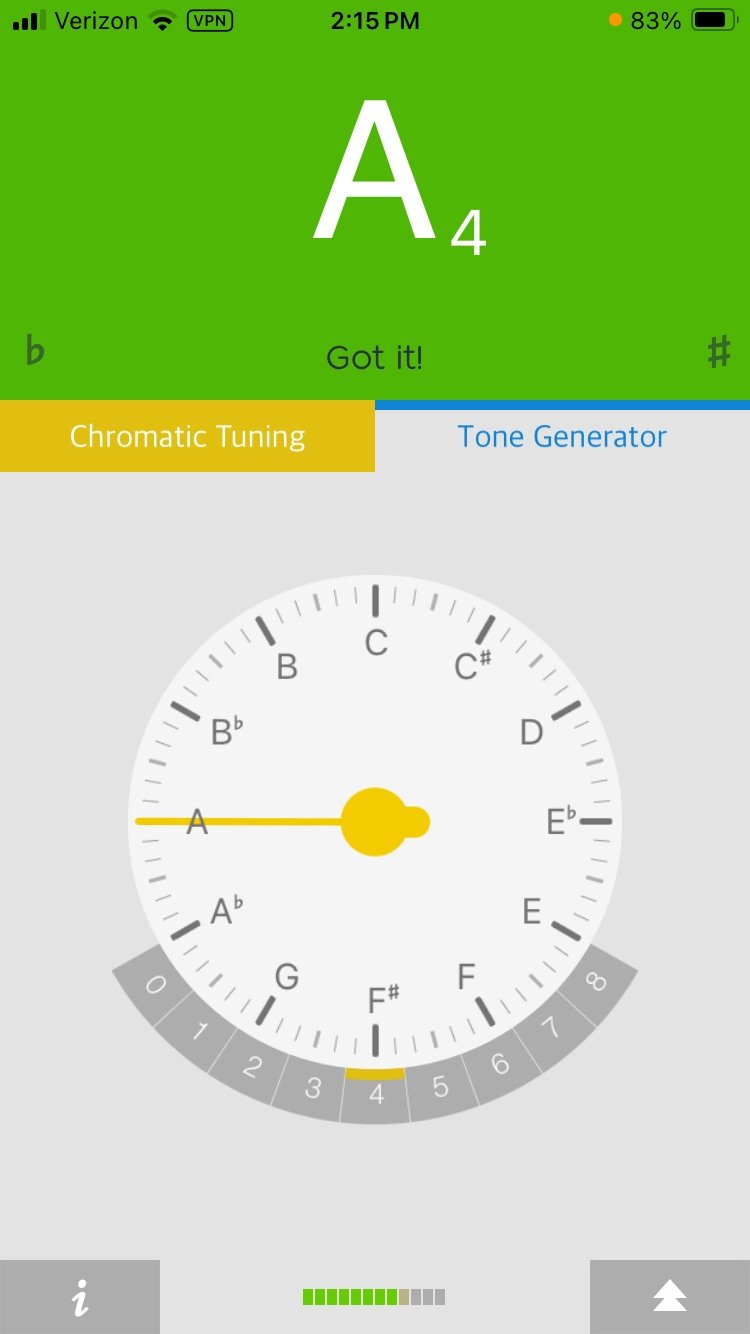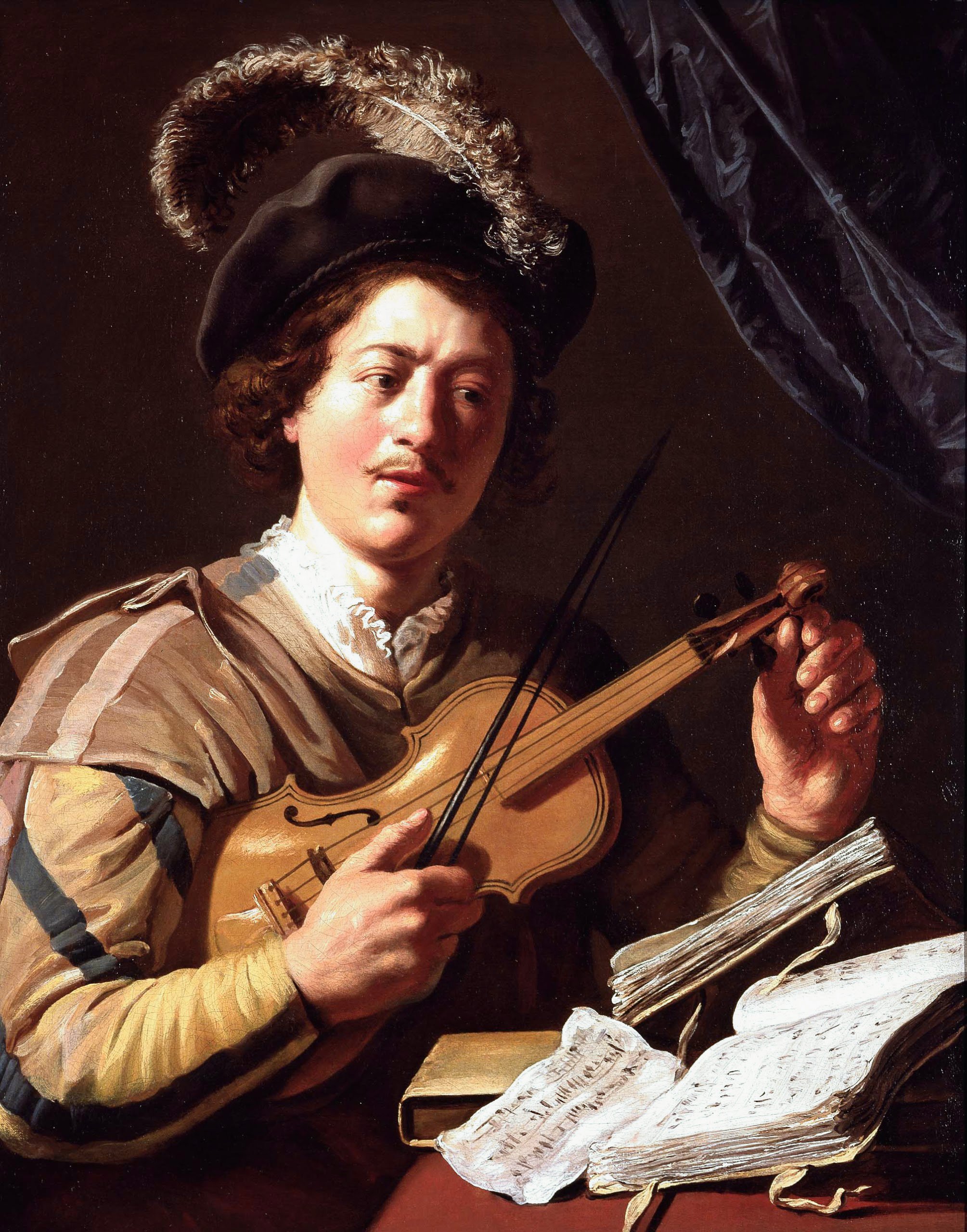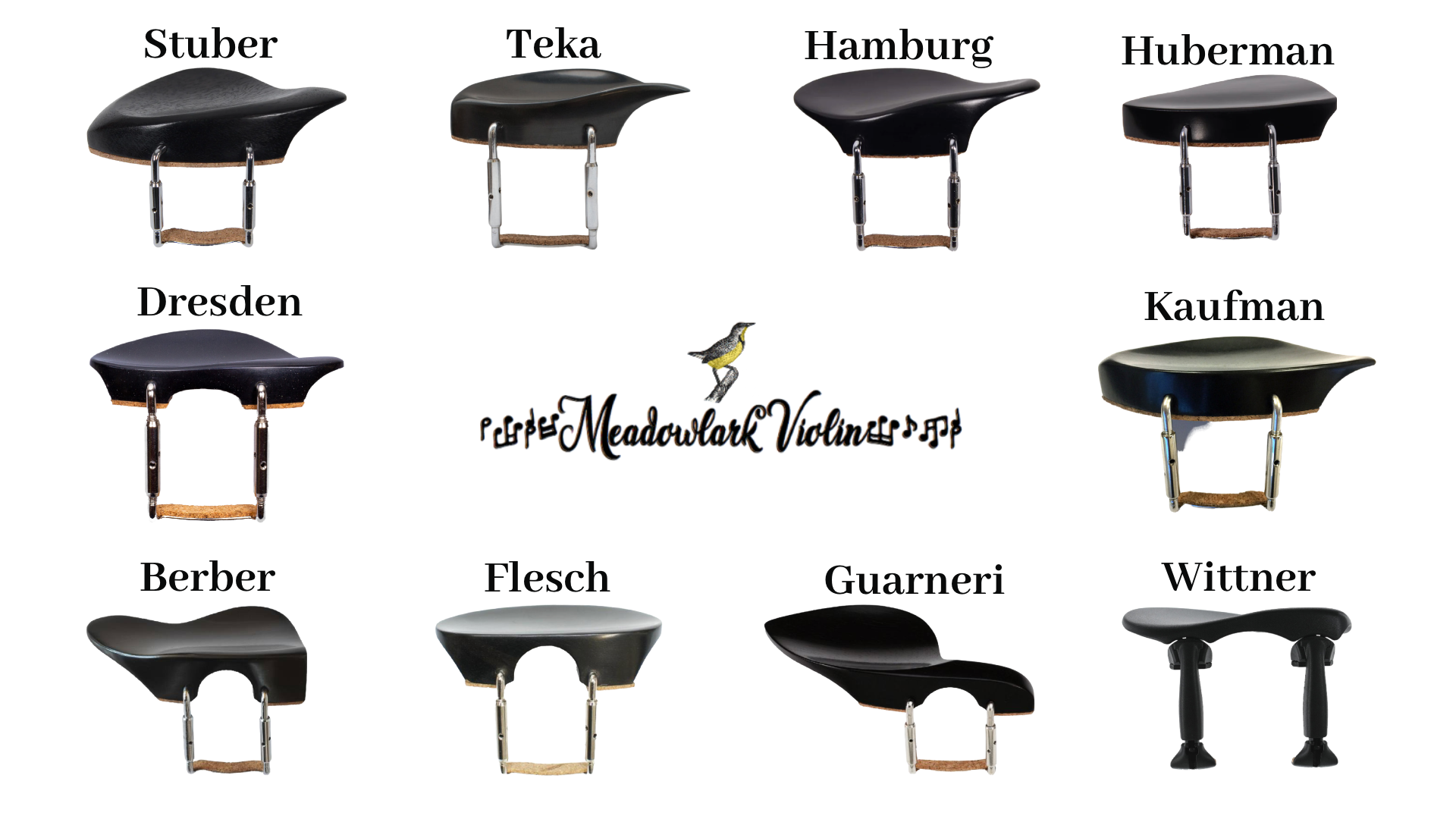Thinking of Sounds as Wavelengths: How to Play More in Tune on the Violin
/Ever wondered why some notes on your violin resonate longer than others? If you're having trouble with intonation or tuning, thinking in terms of wavelengths or frequencies can help you visualize the sounds you are producing and achieve a better sound. Learn about the fascinating world of sound physics and learn how thinking in terms of wavelengths can improve your tuning, intonation, and sound production.
Links: Helix Tuner: http://helixtuner.com
TUNIC Unisono: https://apple.co/3Oun8ph
This video is from my course, the Art of Tuning. To get access to the complete course, join my studio!





























